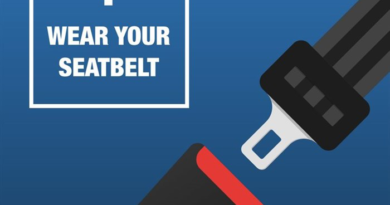Understanding FLISP and how buyers can save on their first home
With the interest rate at its lowest in over 50 years, potential homeowners have a golden opportunity to take advantage of one of the most favourable lending environments in decades, and those who would ordinarily not qualify for a bond because of their monthly income have the added advantage of potential access to a government subsidy.
|
Image source: Gallo/Getty |
“Very few potential home buyers know that if they meet the criteria, they are guaranteed a once-off subsidy, known as the Finance-Linked Individual Subsidy Programme (FLISP), ranging from R27,960 to R121,626, depending on their income,” says Jenny Rushin, BetterBond national development manager.
Already, first-home buyers are taking advantage of the low interest rate, as well as the raising of the transfer duty threshold to R1m, with BetterBond reporting that 70% of its bond applications for the past three months have been first-home buyers. Many of these buyers were unsure of how to apply for FLISP, or whether they even qualified.
Rushin says FLISP can be used as a deposit to reduce the purchase price of the home, or added to an approved home loan to allow for the purchase of a more expensive property.
For example, an applicant earning R15,000 a month would qualify for a FLISP subsidy of R61,300. Based on this income, the applicant could qualify for a bond of around R580,000, at the prime lending rate of 7%. With the FLISP subsidy, the buyer would pay only R518,700 for the same property. This saving could be used to pay in an additional amount on the bond, thereby reducing the bond repayment period.
Who qualifies?
If you have an income of between R3,501 and R22,000 a month, and you meet the requirements, you will qualify for this once-off subsidy, says Rushin. The key criteria include having a financial dependant, be it a child or a spouse, and being a first-time home owner. The applicant must also be a South African citizen.
“This subsidy is ideal for home buyers who have historically struggled to secure a home loan because their income was too low for bond finance, but too high to qualify for government housing schemes. FLISP bridges the gap between these two finance options,” explains Rushin.
It’s important to remember that your bond needs to be approved before you can apply for FLISP. “The good news is that the money is there, and if all the requirements are met, FLISP will be paid. Everyone who qualifies will get it,” adds Rushin
Using a bond originator
Once the application for a hoem loan has been approved in principle by one of the banks, a bond originator like BetterBond can submit the FLISP application, along with the supporting documentation, directly to the National Housing Finance Corporation on the applicant’s behalf.
When the subsidy is approved, the money is paid directly towards the bond or to cover the deposit. No money is transferred into the applicant’s personal bank account. Says Rushin: “With the additional funding, it’s possible to qualify for a home valued at more than a FLISP applicant would otherwise have been able to afford. Although, it is still advisable to purchase a property that is still well within their means.”
What can you buy with FLISP?
When using FLISP to buy or build residential property, a client can choose between development housing projects or the open market. This means that they can buy an old or new existing residential property, a piece of vacant land that is linked to a home builder registered with the National Home Builders’ Registration Council (NHBRC) or they can build on a serviced residential stand that they own themselves, and that is linked to a NHBRC home builder.
“This once-off subsidy will go a long way to ensuring that even more first-home buyers make the most of the current lending environment,” says Rushin.
Source: bizcommunity.com


